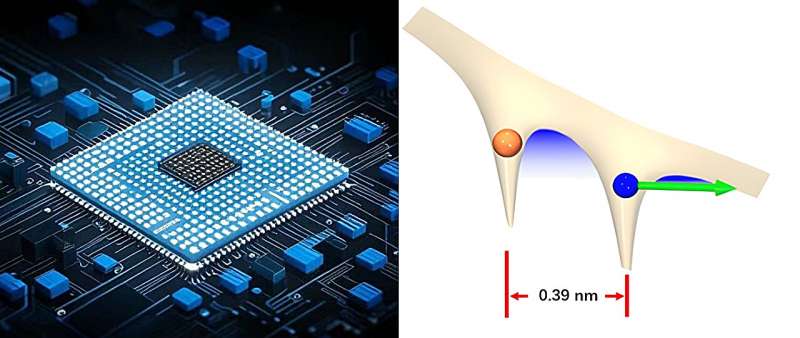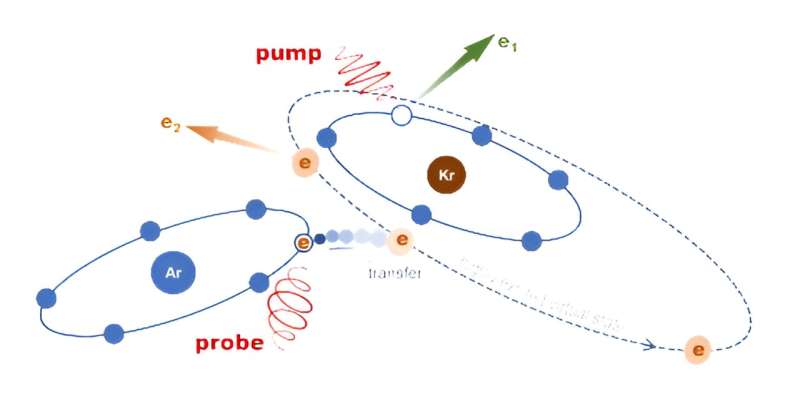This article has been reviewed according to Science X's editorial process and policies. Editors have highlighted the following attributes while ensuring the content's credibility:
fact-checked
peer-reviewed publication
trusted source
proofread
Study offers new insights into understanding and controlling tunneling dynamics in complex molecules

Tunneling is one of most fundamental processes in quantum mechanics, where the wave packet could traverse a classically insurmountable energy barrier with a certain probability.
On the atomic scale, tunneling effects play an important role in molecular biology, such as accelerating enzyme catalysis, prompting spontaneous mutations in DNA and triggering olfactory signaling cascades.
Photoelectron tunneling is a key process in light-induced chemical reactions, charge and energy transfer and radiation emission. The size of optoelectronic chips and other devices has been close to the sub-nanometer atomic scale, and the quantum tunneling effects between different channels would be significantly enhanced.
The real-time imaging of electron tunneling dynamics in complex molecules has important scientific significance for promoting the development of tunneling transistors and ultrafast optoelectronic devices. The effect of neighboring atom on electron tunneling dynamics in complex molecules is one of the key scientific issues in the fields of quantum physics, quantum chemistry, nanoelectronics, etc.

In a paper published in Light: Science & Applications, a team of scientists from Hainan University and East China Normal University designed a van der Waals complex Ar-Kr+ as a prototype system with an internuclear distance of 0.39 nm to track the electron tunneling via the neighboring atom in the system of sub-nanometer scale.
The intrinsic electron localization of the highest occupied molecular orbital of Ar-Kr gives a preference of electron removal from Kr site in the first ionization step.
The site assisted electron hole in Ar-Kr+ guarantees that the second electron is mainly removed from the Ar atom in the second ionization step, where the electron may straightly tunnel to continuum from the Ar atom or alternatively via the neighboring Kr+ ionic core.
In combination with the improved Coulomb-corrected strong-field approximation (ICCSFA) method developed by the team, which is able to take into account the Coulomb interaction under the potential during tunneling, and by monitoring the photoelectron transverse momentum distribution to track the tunneling dynamics, it was discovered that there are two effects of strong capture and weak capture of tunneling electrons by neighboring atom.
This work successfully reveals the critical role of neighboring atom in electron tunneling in sub-nanometer complex systems. This discovery provides a new way to deeply understand the key role of the Coulomb effect under the potential barrier in the electron tunneling dynamics, solid high harmonics generation, and lays a solid research foundation for probing and controlling the tunneling dynamics of complex biomolecules.
More information: Ming Zhu et al, Tunnelling of electrons via the neighboring atom, Light: Science & Applications (2024). DOI: 10.1038/s41377-023-01373-2
Journal information: Light: Science & Applications
Provided by Chinese Academy of Sciences




















